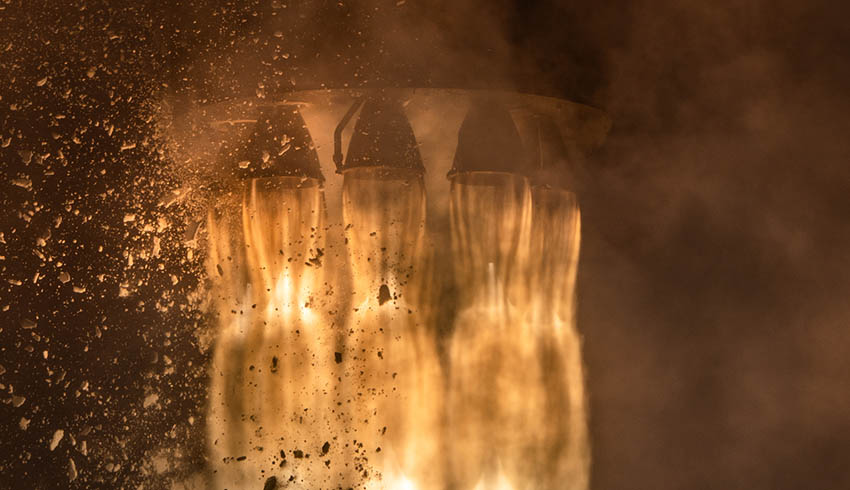The M2 Pathfinder, developed by the University of New South Wales (UNSW) Canberra in partnership with the Royal Australian Air Force, is a significant next step in developing defence space systems.
Small satellites such as M2 Pathfinder, also known as CubeSats and around the size of a loaf of bread, allow high-tech capabilities to be tested in space at a lower cost than larger satellites.
M2 Pathfinder is a collaboration between UNSW Canberra Space researchers and engineers and the Royal Australian Air Force. It is the second of four CubeSats to be flown in the program, and follows the launch of M1 in late 2018.
The launch took place on Rocket Lab’s 12th mission from New Zealand’s Māhia Peninsula, “Don’t Stop Me Now”, on 13 June 2020. Successful communication with the satellite has been established via UNSW Canberra Space’s satellite ground station hosted by Cingulan Space, near Yass in NSW.
Defence Minister Linda Reynolds explained the satellite will help inform future capability designs for the Australian Defence Force.
"The collaboration between UNSW Canberra and Air Force allows small satellites to be used for evaluating technologies on more complex space systems, such as communications or Earth observation satellites. Through this collaboration, it has enabled UNSW Canberra to develop a number of space courses and programs to benefit Defence personnel," Minister Reynolds said.
UNSW Canberra Space director Professor Russell Boyce said M2 Pathfinder is an important mission for Canberra as it will test home grown communications architecture and other satellite technologies, which will assist in informing the future space capabilities of Australia.
Professor Boyce explained, "The know-how and expertise that has gone into the project cements the leadership position of UNSW Canberra Space in developing Australian intelligent space capabilities and boosting the national high-tech skills pipeline."
Defence Industry Minister Melissa Price said multiple Australian suppliers and industry partners have contributed, including the Advanced Instrumentation and Technology Centre, operated by the Australian National University.
"The Advanced Instrumentation and Technology Centre is an example of the world-class space capabilities on offer by Australian industry and academia," Minister Price said.
UNSW Canberra rector Michael Frater said the mission for UNSW Canberra Space is to develop space research, technology and education that helps meet national and international needs and opportunities.
The space missions will also deliver research and educational outcomes for Defence and civilian students studying engineering at UNSW Canberra, forming an important part of building our space capability for the future.
Staff at UNSW Canberra will conduct a series of communications tests with the M2 Pathfinder satellite over the coming months. Results of these tests will improve the design of future satellites, and will provide valuable experience to the engineering and flight operations teams.
Minister Reynolds added, "UNSW has partnered with many Australian companies from across eastern Australia showcasing the breadth of skills, talent and ingenuity in bringing Australian manufacturing into the future."

